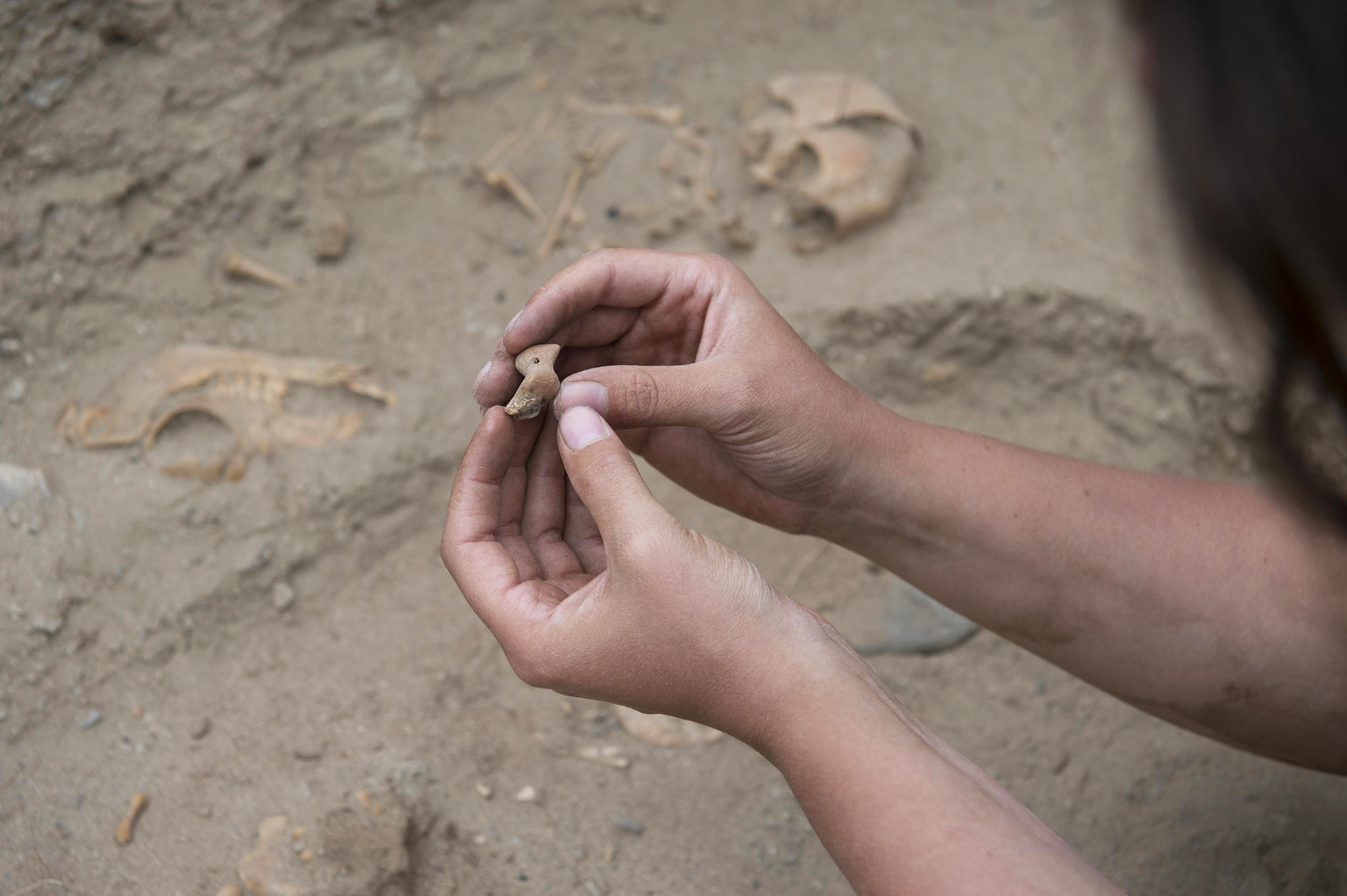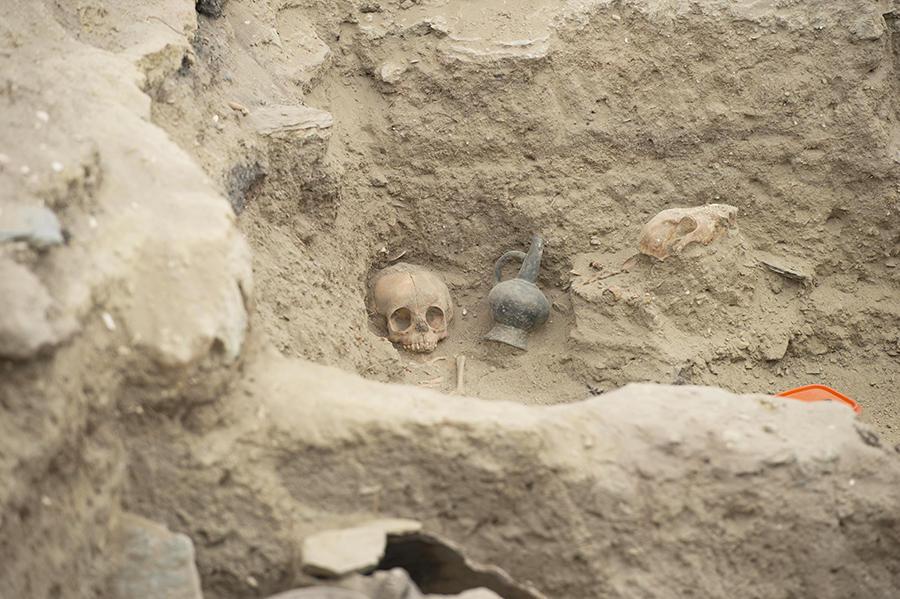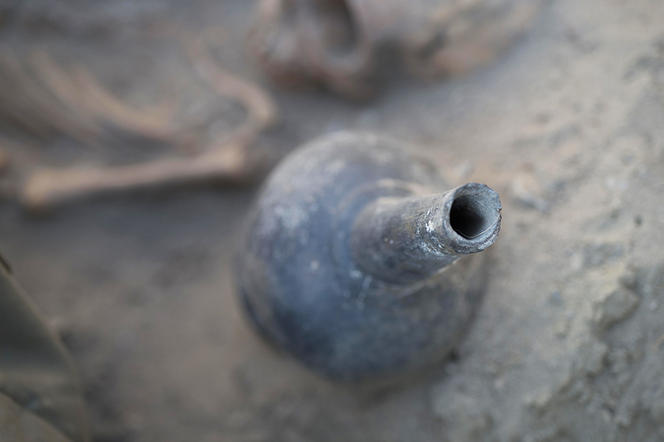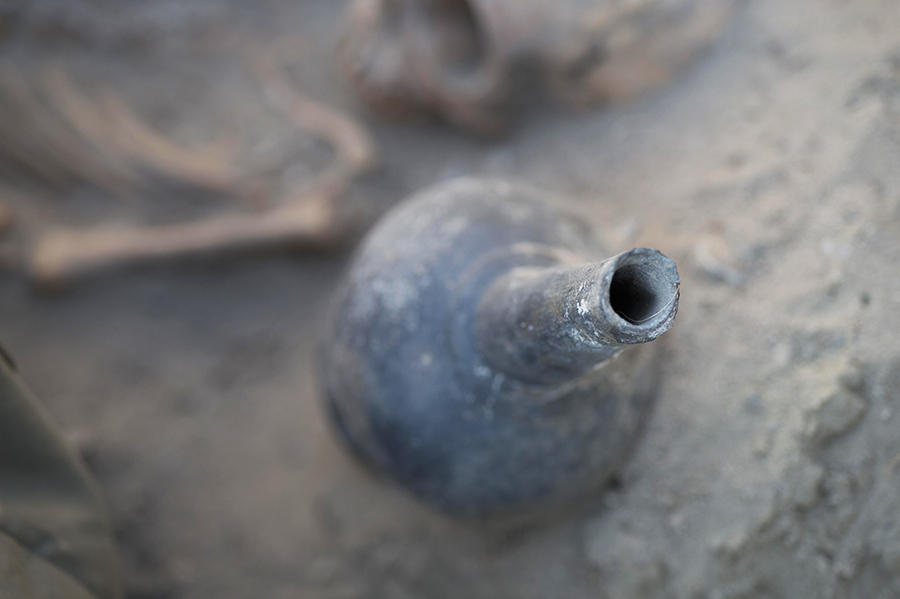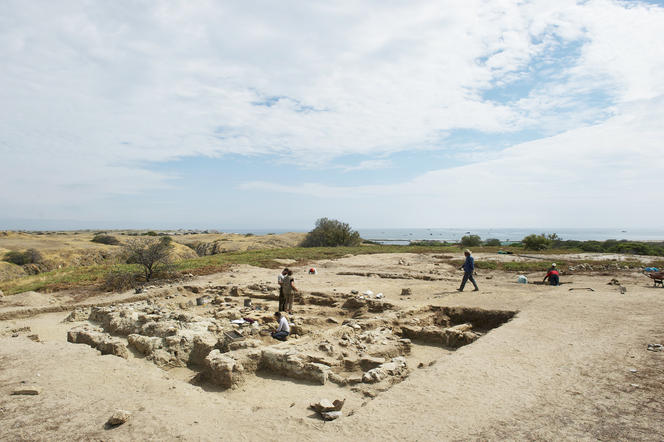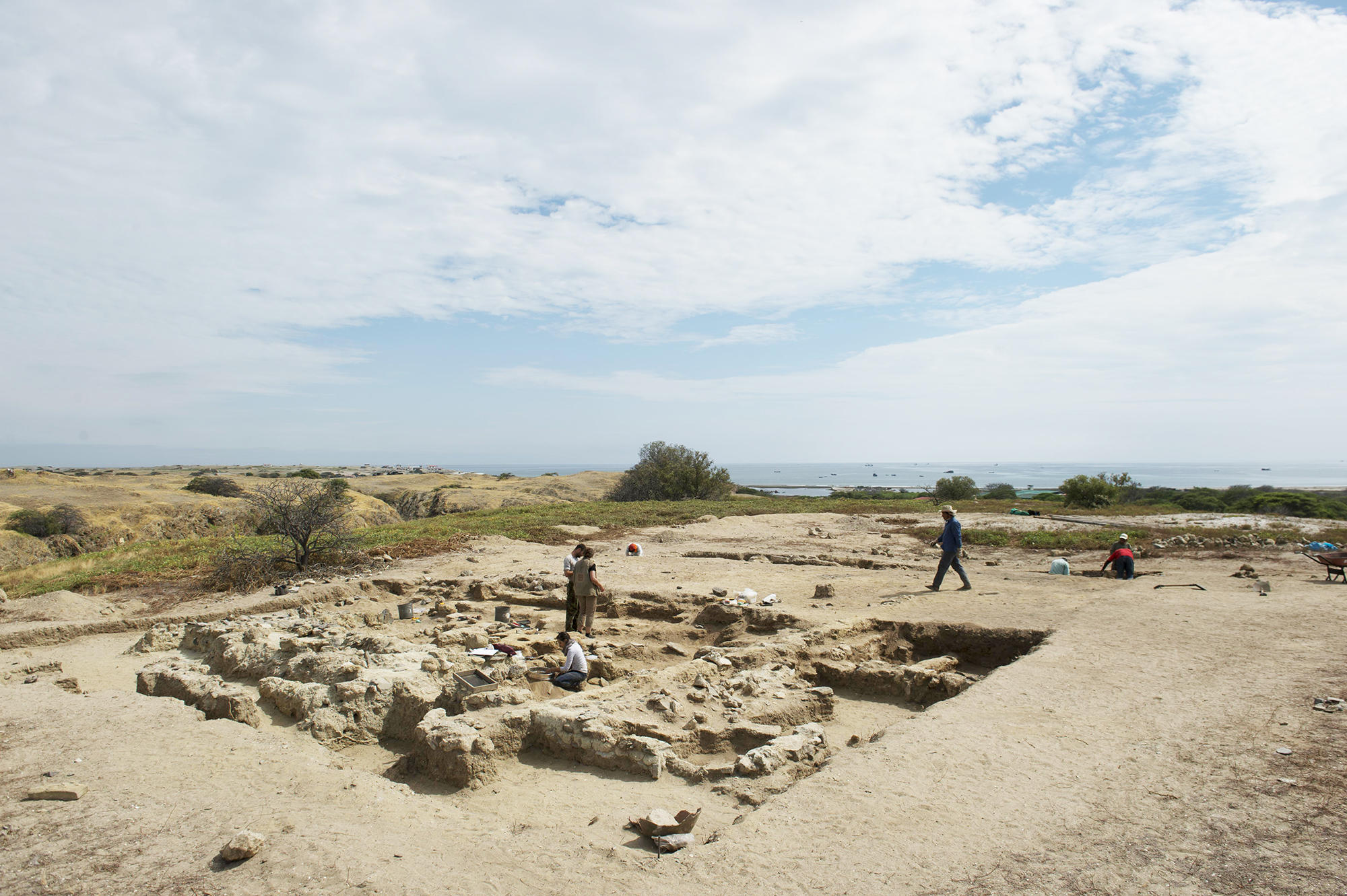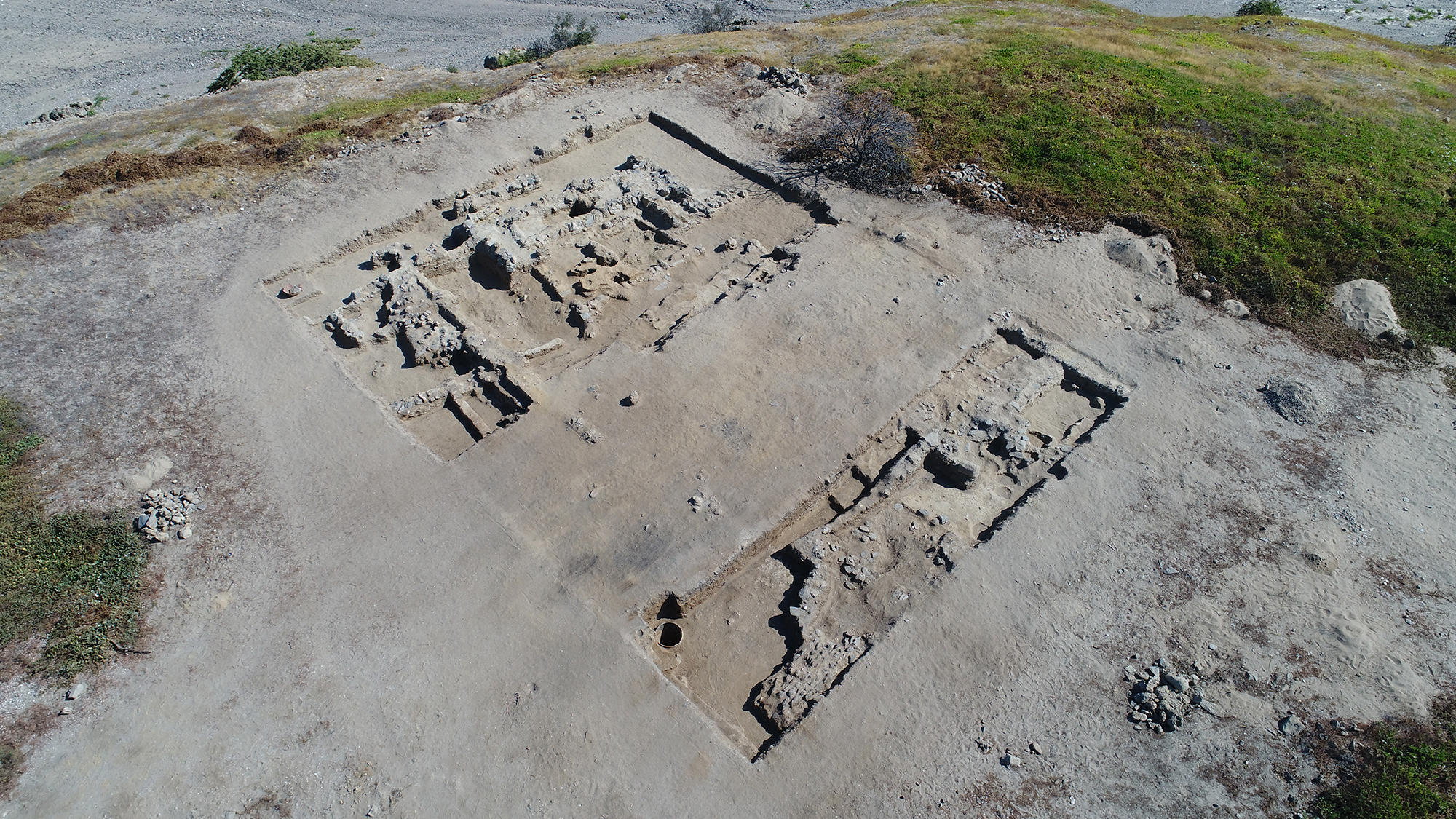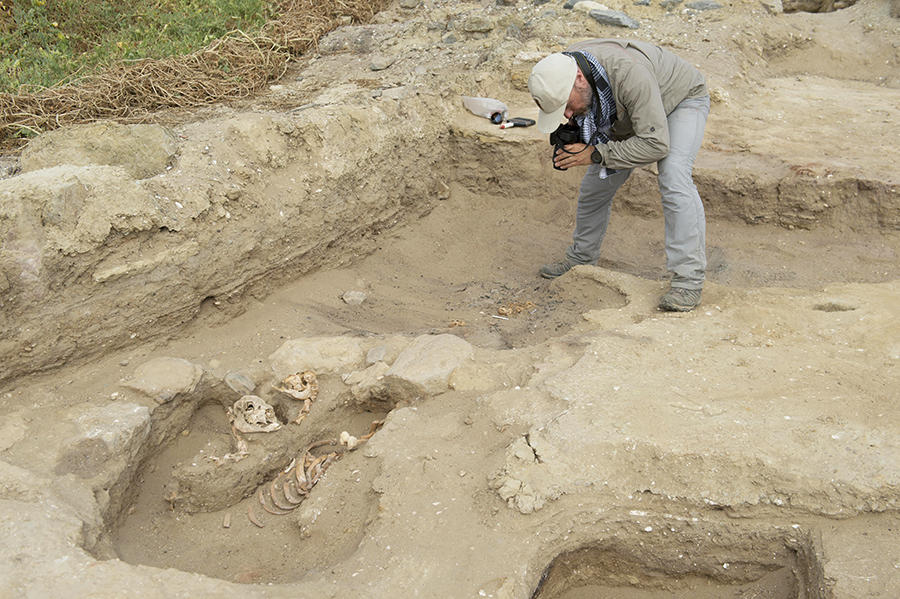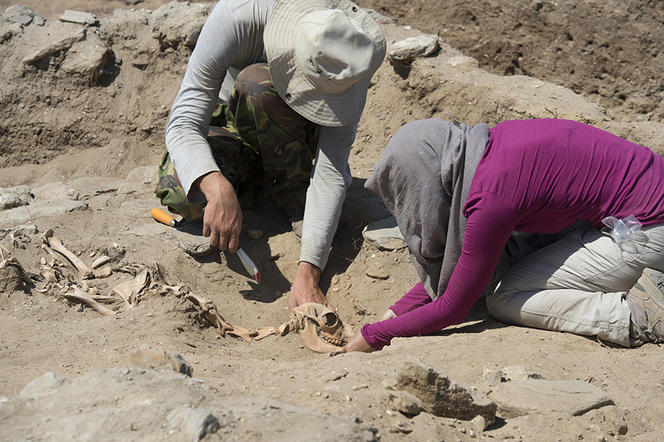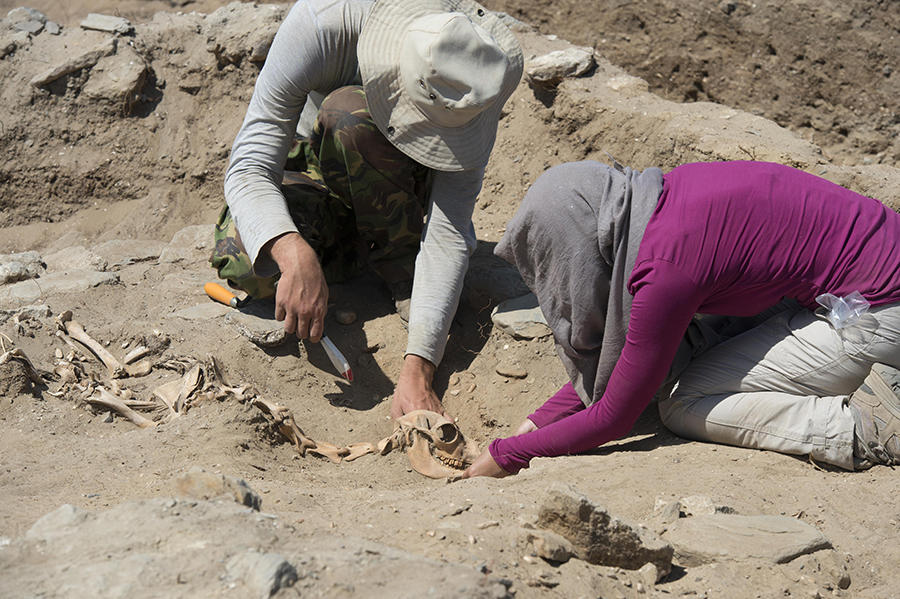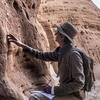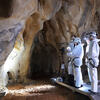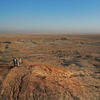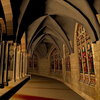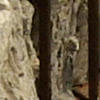You are here
Unique Funerary Site Discovered in Peru
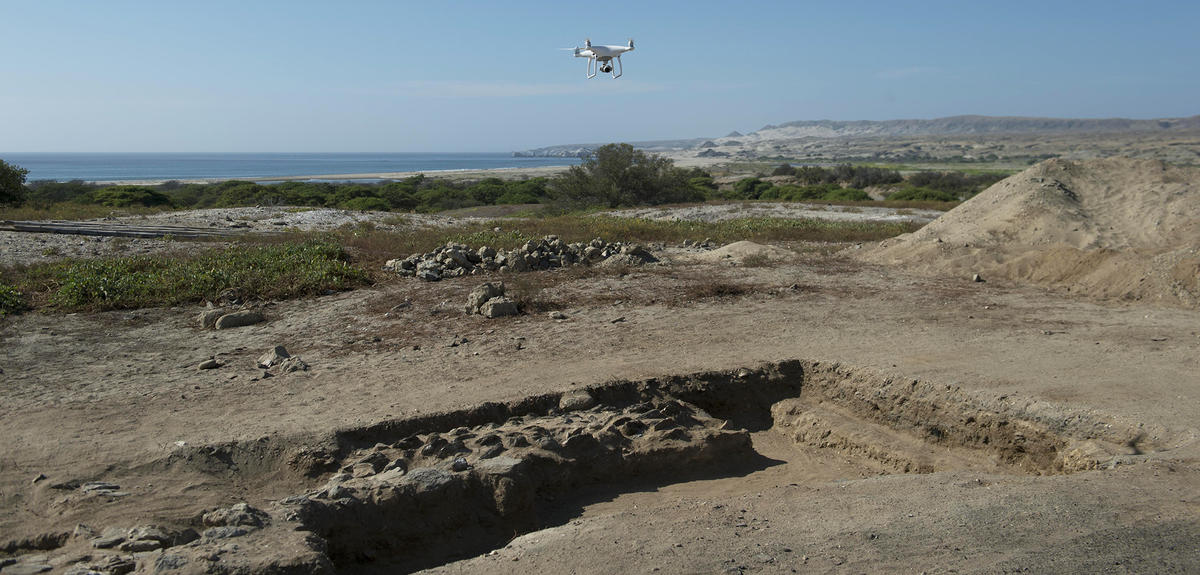
In the grave dug directly in the sand, a bird-shaped whistle was laid alongside a tiny body. Nearly 600 years later, the toy still works. Further on is another tomb, in which a child barely three years old was buried near a young camelid. In all, the French-Peruvian research team excavating the Huaca Amarilla site has unearthed some 40 graves and the remains of at least 74 individuals: two adults and 72 children, including 41 fetuses aged between five and a half and ten months.
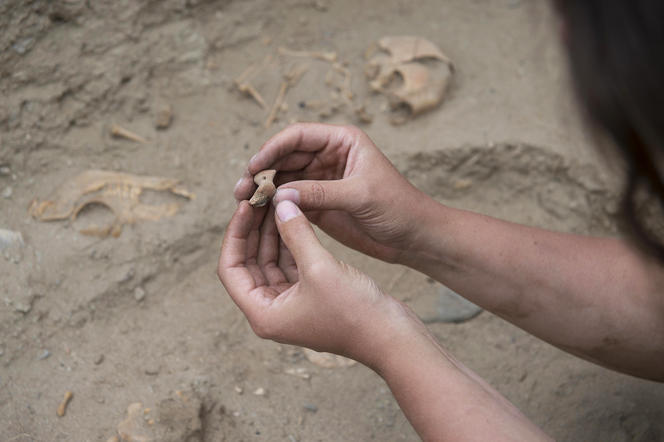
The human remains were carefully interred, accompanied by animals (llamas, alpacas, dogs, doves…) or by small vases and other ceramic or wooden artifacts, sometimes adorned with shell or stone jewels. This “cemetery” offers a unique and surprising insight into the region’s pre-Hispanic societies whose history, for lack of a writing system, can only be retraced through archaeological and environmental data, along with ethnohistorical texts for the periods preceding the Spanish conquest.
A children’s cemetery
This extraordinary funerary site was discovered in the barren land lining the far northern coast of Peru. Enduring the unpredictable climate of the Sechura Desert, Nicolas Goepfert, a researcher at the ArchAm laboratory,1 and his colleagues Belkys Gutiérrez and Segundo Vásquez have been supervising excavations in the region since 2012.2 “Our original goal was to gather data to study how humans and animals adapted to the northern coast of Peru,” Goepfert explains. “An arid desert region, the El Niño phenomenon… In this inhospitable land, how can natural resources be used? How, over the centuries, did people cope with this intense environmental stress?”
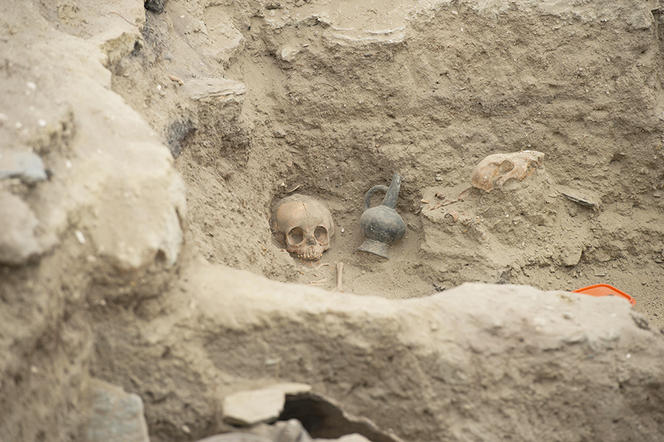
After three years of excavations, the research team unearthed a cemetery for children and fetuses. “In a place like the northern Peruvian coast, which abounds in pre-Hispanic archaeological sites, and among the thousands of graves that have already been exhumed, the discovery of this particular funerary sector is a rare event,” Goepfert says. “We weren’t expecting it at all.” The tombs have been dated to the period between the 10th and 15th centuries, ending a few decades before the Spanish conquest of Peru in 1532. Over this long timespan, the area was home to two cultures: the Lambayeques and the Chimús, known for their ceramic pottery and sophisticated use of metals, before the latter were conquered by the Incas.
A region shaped by climate fluctuations
The earliest research in the area began in the 1970s and 1980s, but the site was soon abandoned due to difficult conditions: the Sechura Desert, which spans nearly 20,000 km2 (7722 sq.mi.), is a polymorphic desert characterized by dune fields, depressions that go below sea level, salt flats and quebradas (washes), where temporary lakes sometimes form, in particular as a result of the El Niño phenomenon.
“In 2017, El Niño was particularly intense and atypical,” Goepfert recounts. “The roads were washed out and we had to reach the excavation site by boat. When we got there, the entire landscape had been transformed: the usually barren desert was covered with vegetation, something that only happens once every 20 years!” The archaeological site itself was preserved. The pre-Hispanic populations had indeed observed these climatic phenomena in their day and settled on the plateaux rather than along the washes that would periodically fill with water.
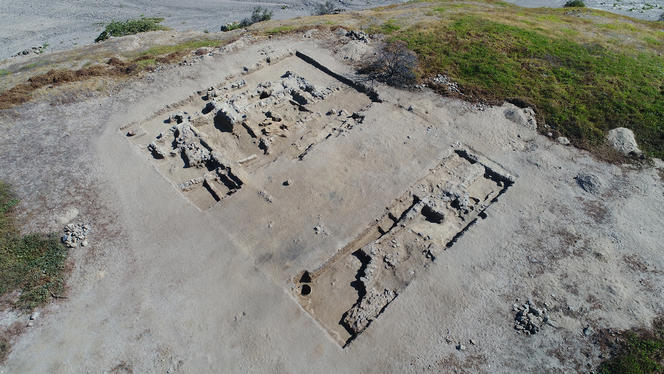
1,000 years of local history
So far, the site comprises two stone structures dating from the Lambayeque period (800-1350). The excavations have shown that the local elite had their residences on one side, while the other was dedicated to the production and storage of various goods. The funerary sector was situated at the edge of a dumping ground. For Goepfert, this discovery opens new perspectives on the ritual activities of those who lived here, and also on the position and status of children in pre-Hispanic societies. “Some of the holes left by tomb raiders provide an insight into Huaca Amarilla’s architecture and stratigraphy,” he reports. “At first, we thought we were excavating living quarters. Then we discovered a rectangular structure, perhaps an altar, surrounded by the graves of children and fetuses. How was all of this configured? What was its purpose? We’ll continue our explorations in the hope of finding answers to these questions.”
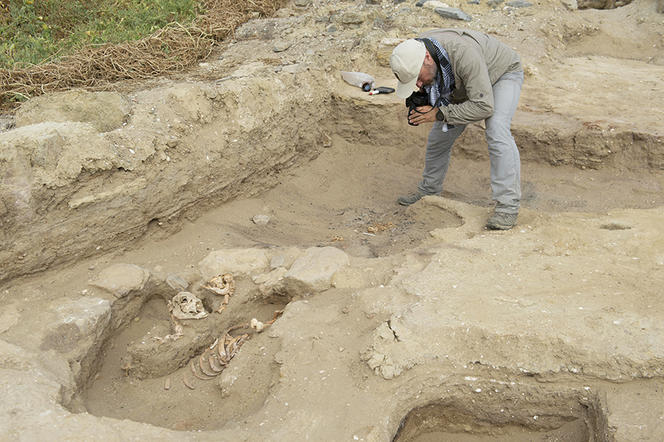
These deposits enable researchers to study the archaeological context of the site, i.e. to identify domestic, ceremonial or funerary spaces. The scientists recently began conducting DNA analyses of the fetuses in order to determine their gender and possible family ties to the only two adults discovered so far, and perhaps establish the cause of their early death. To this end, a variety of specialists (archaeobotanist, archaeozoologist, funerary anthropologist, ceramologist, geomorphologist…) are working at the site. The goal is to shed light on the region’s history, over a period of nearly 1,000 years, based on the clues left behind by these pre-writing societies. The exceptionally arid desert climate along the Peruvian coast, as well as the geology of the terrain have contributed to the remarkable preservation of the ceramics, ornaments (necklaces, bracelets) and textiles from the tombs.
While the researchers pursue their investigations, a drone scans the excavations, flying over the countless holes dotting the region, dug by looters. This technology will help immortalize these traces of the past and give them much-needed protection: the illicit plundering of Peru’s archaeological riches is estimated to represent nearly 80% of the country’s pre-Hispanic heritage.
Explore more
Author
Anne-Sophie Boutaud studies scientific journalism at the Université Paris-Diderot. She holds a degree in history and political science.



